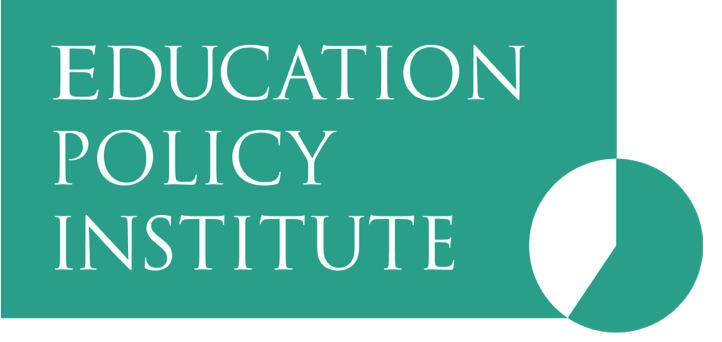As of August 2023, there were 2,397 academy trusts, consisting of just over 10,000 schools operating in England, numbers which are steadily increasing.[i] The rising number and size of multi-academy trusts (MATs), has led to calls for greater transparency and for MATs to be held accountable across a wider range of outcomes. [ii] Previous research has primarily examined MATs’ performance using attainment indictors. For example, we have previously shown that MATs are over-represented amongst the lowest performing school groups based on GCSE results, although there was substantial variability within and between school groups.[iii] Whilst these and other findings provide commentary on performance less work has focused on understanding how MATs and other school groups are performing on measures beyond attainment, such as attendance, inclusion, and wellbeing.
In light of this, we launched a national survey, the Decisions in Education in England Panel (DEEP) survey, to gain a more detailed and nuanced picture of what decisions, actions, and policies are currently being implemented in schools. This survey forms one part of a larger multi-year mixed methods project which aims to understand the key features of effective school groups. The project also consists of the development of a series of quantitative measures using administrative data. Our project is designed to give school leaders and policymakers a more robust understanding of how the most effective trusts and school groups operate.
In this second wave of the DEEP survey, we sought to obtain a more comprehensive understanding of how schools use admissions, teaching, and behaviour management policies and practices to improve pupil inclusion and outcomes. 239 school leaders and 86 school group leaders were surveyed of which 96% worked in a MAT. Drawing on the results from the second wave, this blog presents three charts that provide some insights into schools’ current inclusion practices. As the DEEP survey forms only one part of a larger project, this blog does not seek to provide recommendations regarding best practice, but instead provide an overview of how and what policies and practices are currently being implemented in schools. We will be using this analysis in future work to help triangulate the findings from our quantitative measures and determine the attributes of an effective school group.

